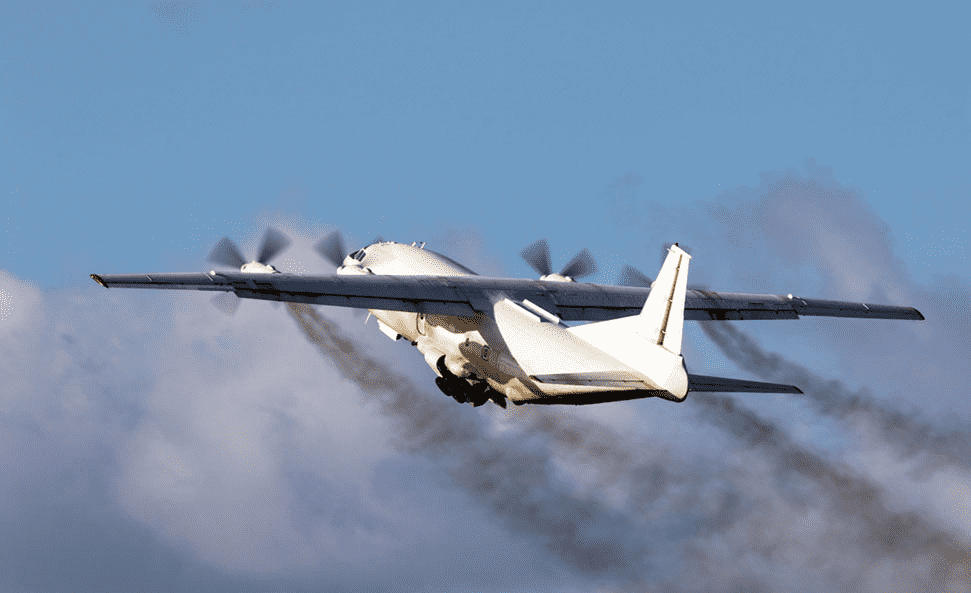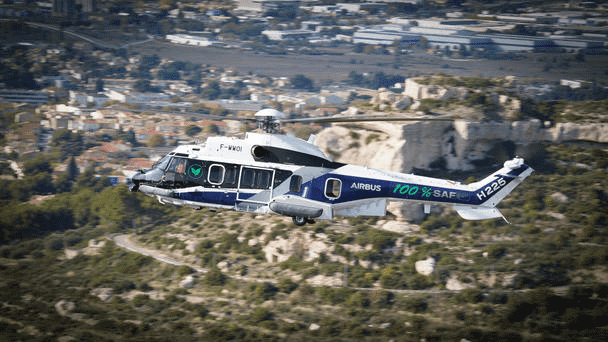An Airbus H225 flew the first helicopter flight ever using both Safran’s Makila 2 engines powered by 100 percent sustainable aviation fuel (SAF).
This flight, which comes after an H225 fly with one SAF-powered Makila 2 engine in November 2021, is part of a flight campaign to better understand the impact of SAF use on the helicopter’s systems.

“This flight with SAF powering the twin engines of the H225 is an important milestone for the helicopter industry. It marks a new stage in our journey to certify the use of 100% SAF in our helicopters, a fact that would mean a reduction of up to 90% in CO2 emissions alone,” said Stefan Thome, Executive Vice President, Engineering and Chief Technical Officer, Airbus Helicopters.
SAF is one of Airbus Helicopters’ levers for meeting its goal of decreasing CO2 emissions from its helicopters by half by 2030. One of the primary advantages of using this new fuel is that it reduces the aircraft’s carbon footprint while keeping the same flight performance.

According to the Waypoint 2050 research, the use of SAF in aviation might account for 50-75 percent of the CO2 reduction required in the air transport industry to achieve net carbon emissions by 2050.
While SAF production presently accounts for only 0.1 percent of overall aviation fuel output, this percentage is predicted to grow in the coming years to fulfil rising operator demand and upcoming SAF usage mandates.

Moreover, Airbus has introduced a zero-emission hydrogen concept aeroplane as it seeks significantly lower carbon emissions. Other companies, such as Rolls-Royce, are also conducting SAF testing to assist the aviation sector in adapting to catastrophic climate change.


